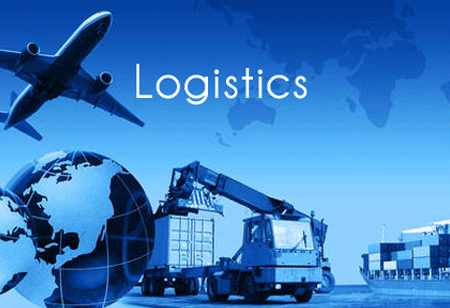THANK YOU FOR SUBSCRIBING
How Technology is Evolving Supply Chain and Logistics
The role of technology has changed significantly in the logistics and supply chain industry, contributing as a direct enabler of business growth.

By
Apac CIOOutlook | Monday, February 17, 2020
Stay ahead of the industry with exclusive feature stories on the top companies, expert insights and the latest news delivered straight to your inbox. Subscribe today.
The role of technology has changed significantly in the logistics and supply chain industry, contributing as a direct enabler of business growth.
Fremont, CA: The supply chain and logistics industries are decisive components of any economy as they form a vital resource for all other industries dealing in physical goods. Improvement in the capabilities of such essential resources reflects the overall efficiency in all sectors. The implementation of innovative technologies in the supply chain and logistics industries has opened the door for the optimization of manufacturing, logistics, warehousing, and last-mile delivery. And industries utilizing the supply chain services also experience benefits in terms of cost-effectiveness and better efficiencies.
Some functions being optimized with the evolving technology are:
Blockchain:
Blockchain, with its comprehensive characteristics, is being put to use in almost all sectors today. It helps track assets and keeps updating the ongoing sales and creates a transparent system for managing and accessing all documents involved in the logistics process and provides end-to-end encryption. It also ensures data safekeeping, which cannot be tampered with.
Inventory Management:
Proper management of inventory can help a company plan and schedule better. Inventory visibility helps in the exact knowledge about material management and strategizes for optimum order management. The management of multiple carriers provides choices based on rates or transit times all on one screen instead of contacting numerous carriers. Autonomous facilities also help in recording and verifying locations and transport goods while ensuring the safety and fast delivery of goods.
Automation:
The use of automation helps in increasing storage density and eases labor overheads, providing companies with more strategic autonomy in their network-footprint decisions.
Wearable Technology:
Employees and wearable technologies work together to help in reducing inaccuracy, therefore enhancing safety and increasing productivity. It monitors vital signs so that health problems (exhaustion, heart attacks) among the warehouse workers can be prevented making technology more humane.
Artificial Intelligence:
AI can allow optimization in the supply chain. Physical machines such as robots and drones can complete deliveries despite bad traffic or bad weather conditions, ensuring the smooth flow of goods from the point of origin to the point of consumption. But this will take some time to be adopted as a collective reality as safety and security concerns have to be first addressed and resolved for their commercial usage in public areas.
See Also: Top Logistics Tech Solution Companies





